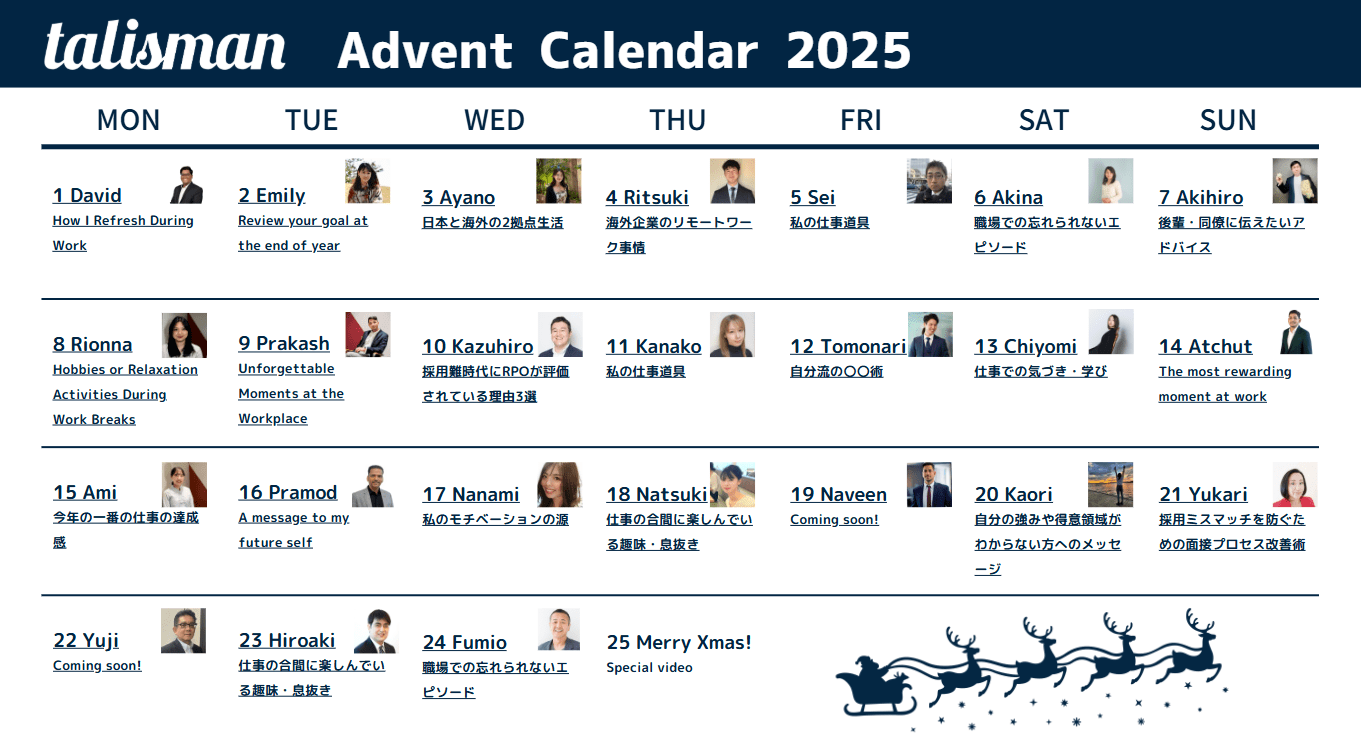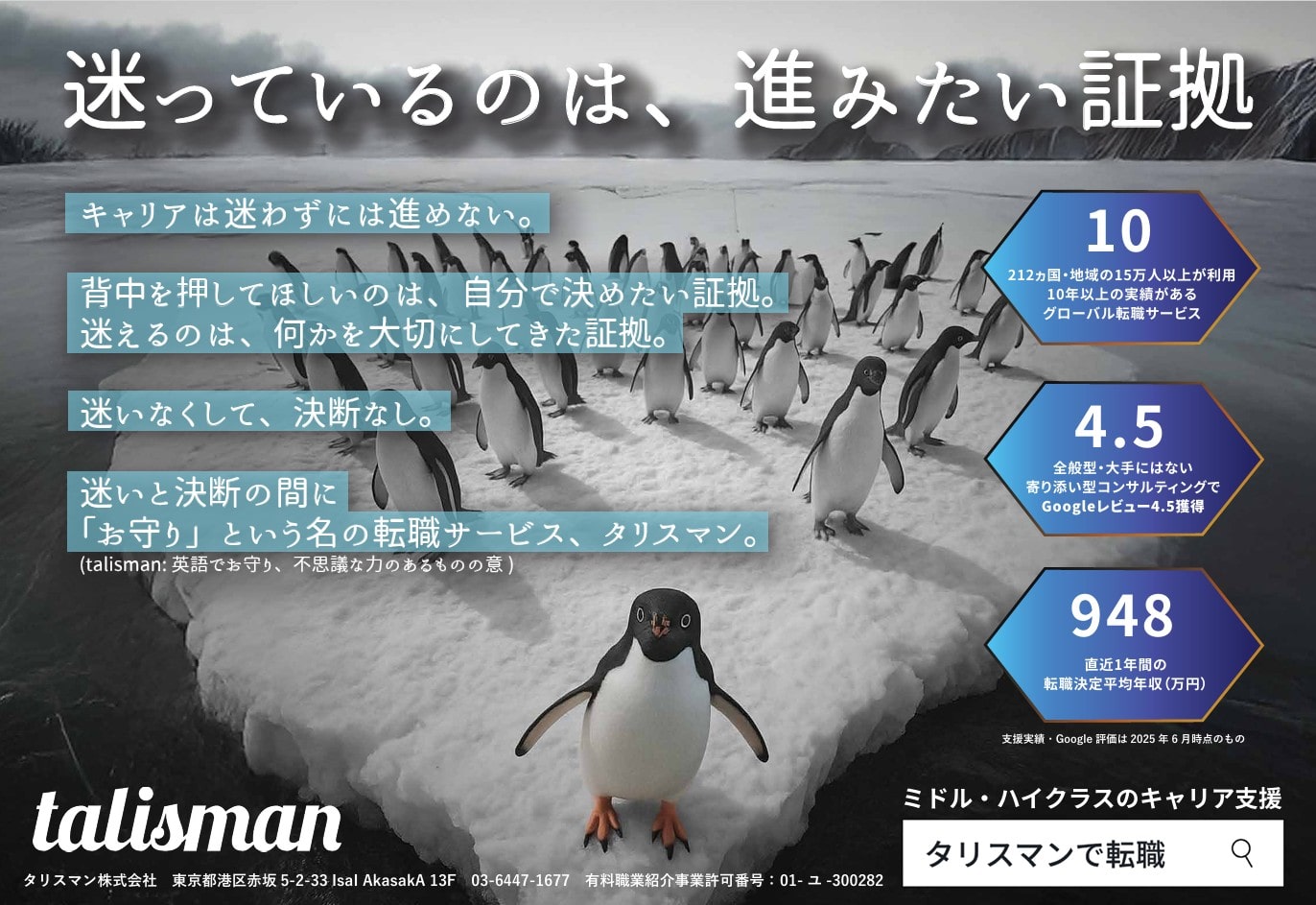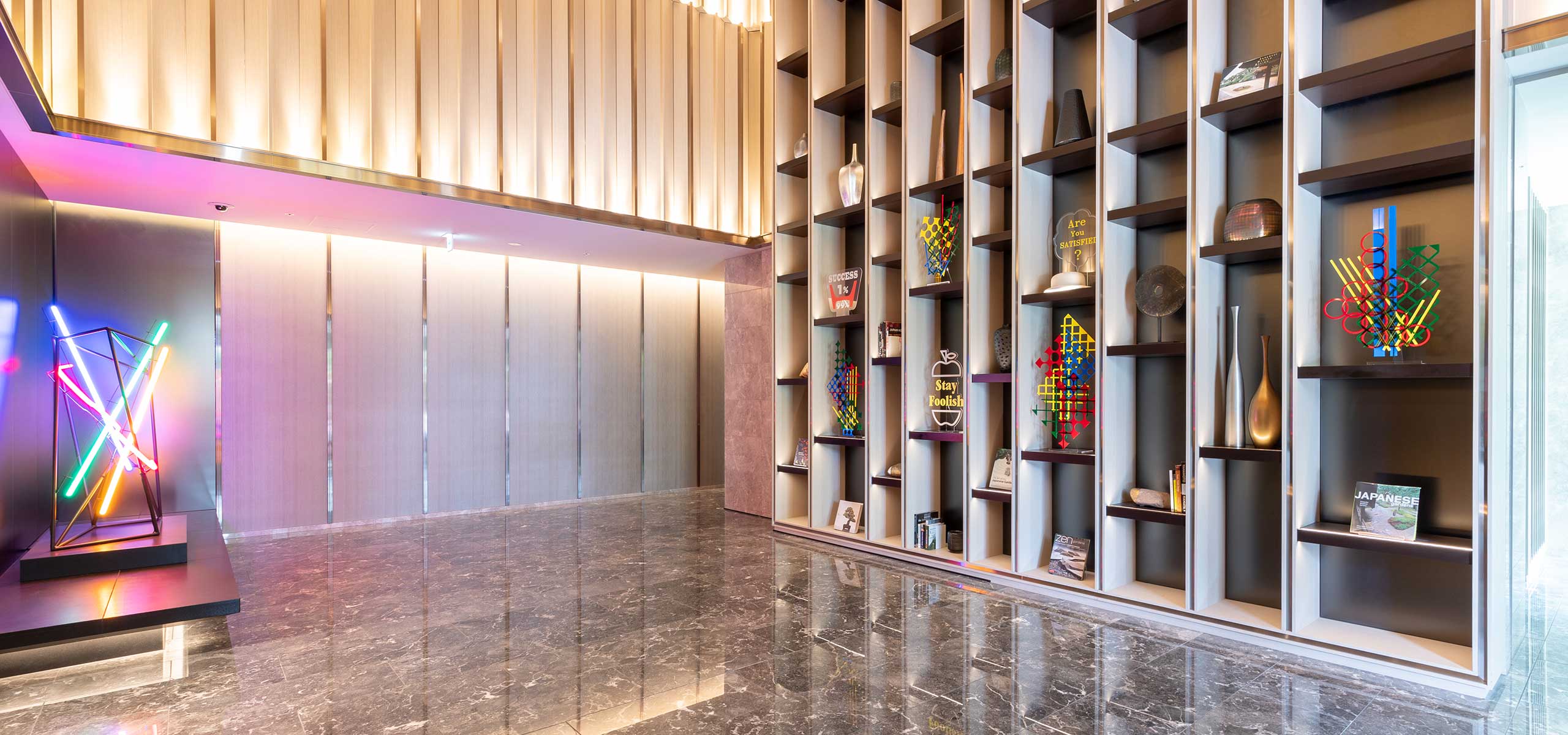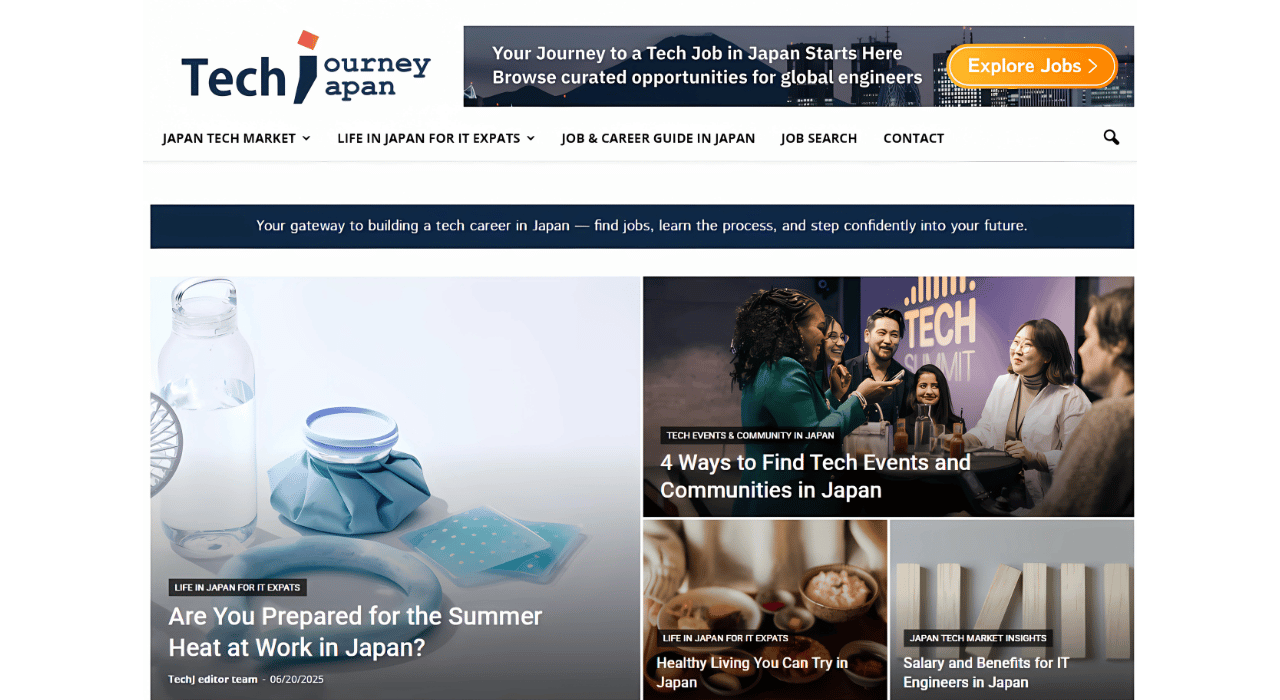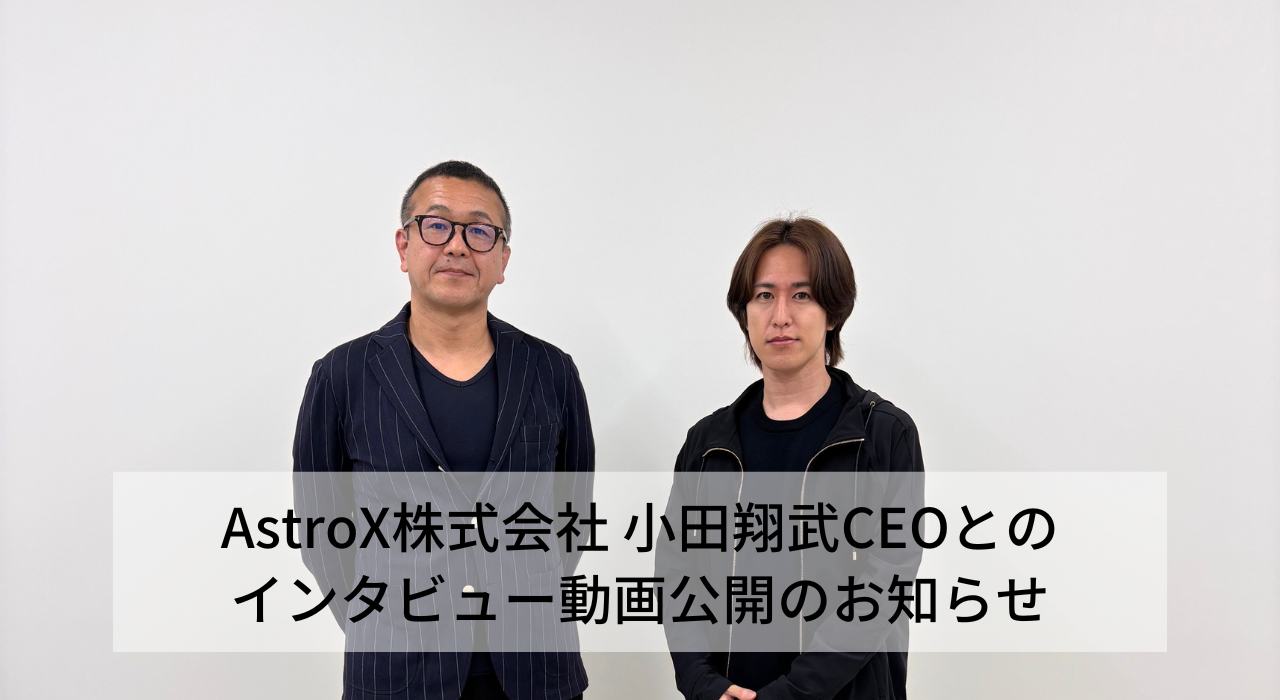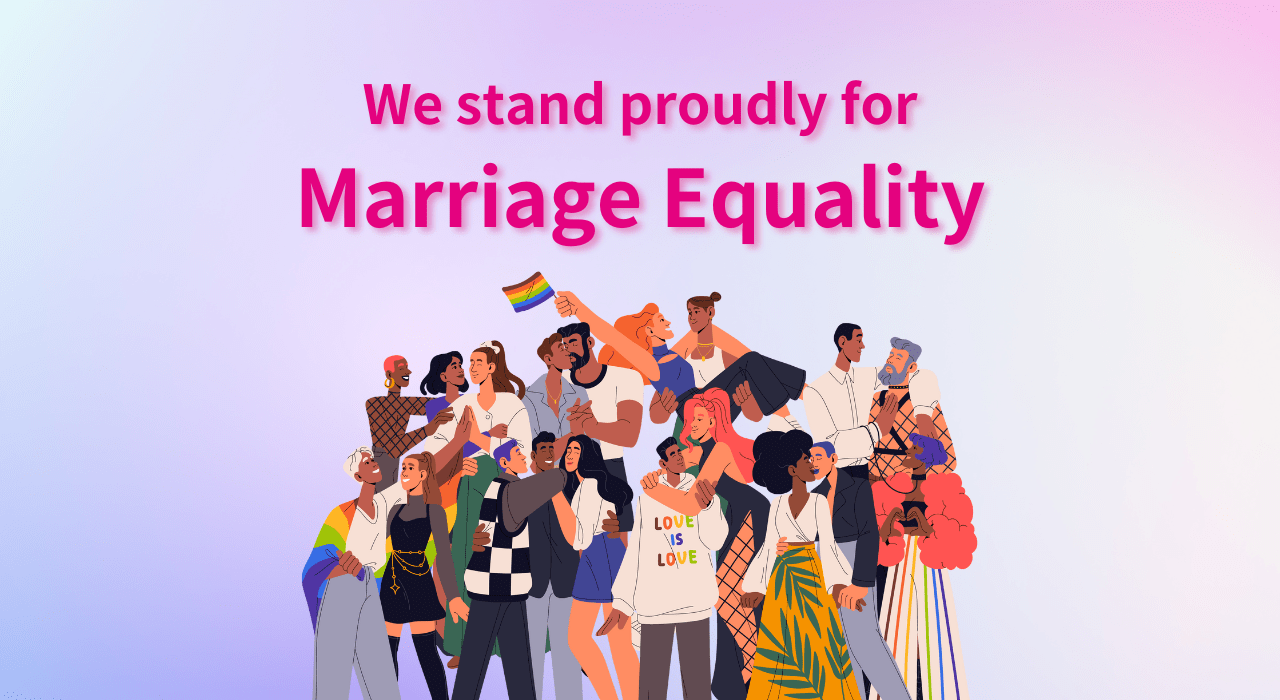Applying Virtual Reality to a Corporate Environment
Written by Carlos Cortes
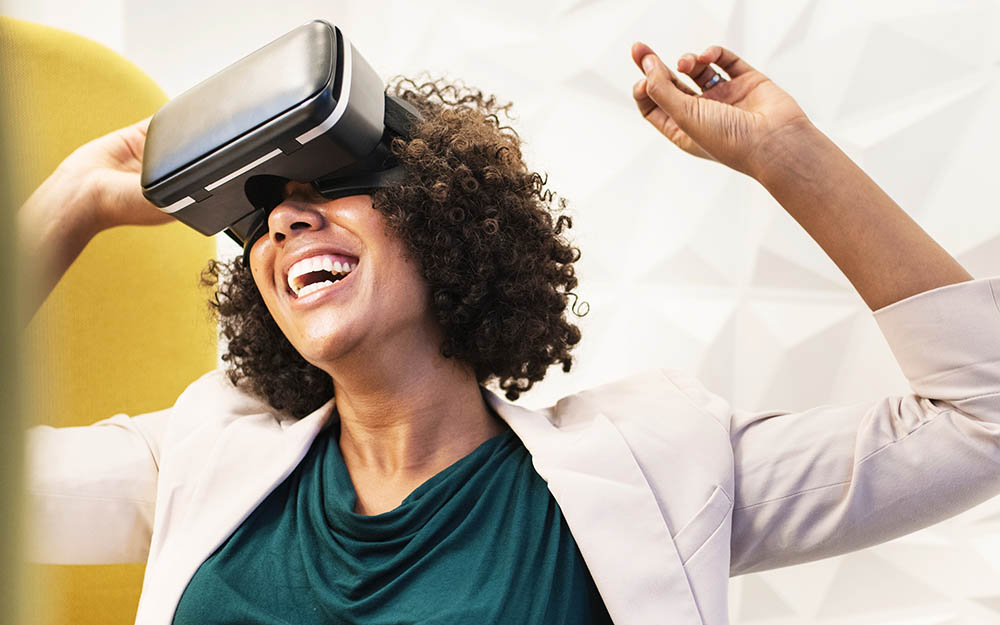
Although virtual reality technology is currently experiencing slow adoption among consumer markets, corporations of all kinds are benefiting from this emerging technology. Behind the high-end gaming face of virtual reality lies numerous corporate applications that are revolutionizing corporate processes.
VR applications stretch from virtual prototyping and digital product testing to corporate training programs and sports analysis. Companies utilizing VR technology are experiencing cheaper and faster development times as well as more immersive training sessions.
Virtual reality is transforming the world of prototyping and design. VR allows designers to skip the time and money consumed by physical prototyping, and instead build their ideas in a virtual space. A virtual workshop allows for multiple iterations to be developed without the cost of scrapping a physical project and starting over again. These tactics are being employed by aircraft production giants Boeing and Airbus to reduce development time and cost.
Product development company SGW Designworks was tasked with an air cargo design project by one of their clients. SGW turned to VR prototyping through the use of HTC Vive. Throughout the design process, the product went through two major reworks, which would have costed an extra $50,000 to produce physically. SGW has reported multiple additional cases where virtual reality prototyping has saved them thousands of dollars.
Virtual reality is also being applied to the world of training. STRIVR is a virtual reality startup that has found a market within custom VR training programs in the corporate world. Companies such as Walmart, JetBlue, Chipotle, and other major retail chains have employed STRIVR to aid in the training and onboarding process. VR environments allow new hires to undergo a simulated experience in the confines of a classroom. These VR training programs give more immersive lessons while having more room for error and correction.
STRIVR also has applications for sports teams, providing 360 degree analysis of plays and strategies. Teams from the NFL, MLB, and NBA as well as numerous US college teams have employed STRIVR as a tool for teaching and analysis.
Major tech companies are heavily investing in VR development as the market is projected to grow largely, especially with the impending consumer market potential.
Facebook continues to evolve their Oculus products for the consumer market by releasing the Oculus Go, a wireless, box ready, and user friendly VR device at the mid-range price point of $199.
Google specializes in mobile pairing VR offering Daydream VR, providing an accessible VR experience for $99, as well as the cheapest available VR option; Google Cardboard, which provides a cardboard frame and lenses to convert your mobile device into a VR machine for only $15.
HTC focuses on high-end VR experiences offering the Vive, which pairs to a powerful PC and extends the experience with dual hand controllers and haptic feedback. HTC sells this at the price point of $500-$1400.
Advances in the technology continue to make VR easier, cheaper, and more consumer friendly and we are likely to see it become a standard in the next 5 years for consumers and corporations alike.
https://www.technologyreview.com/s/609473/finally-a-useful-application-for-vr-training-employees/
https://www.recode.net/2018/5/1/17305254/oculus-go-virtual-reality-headset-on-sale-how-to-buy
